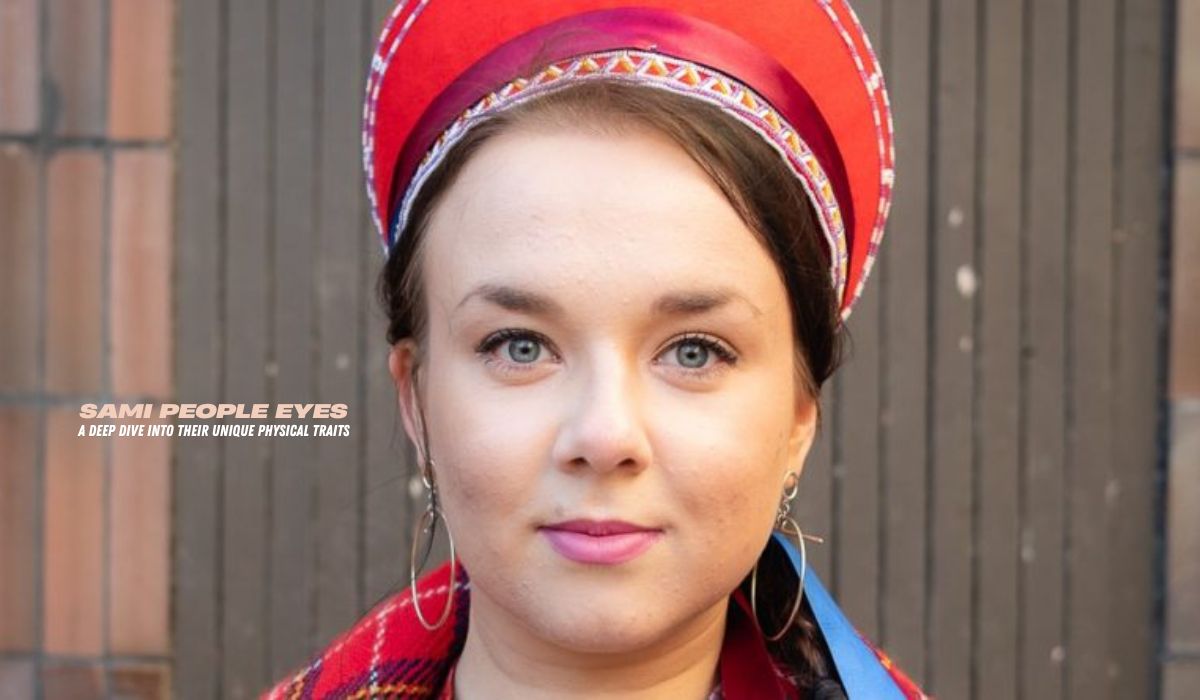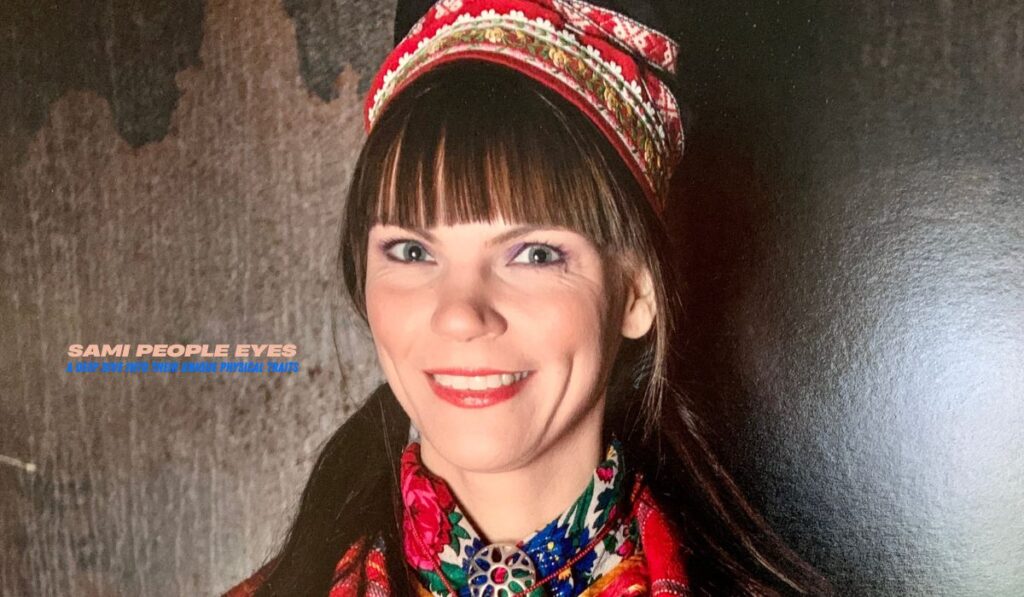Sami People Eyes: A Deep Dive into Their Unique Physical Traits

Sami People Eyes
The Sami People Eyes, indigenous to the northern regions of Norway, Sweden, Finland, and Russia, are known for their rich cultural heritage and distinct physical features. Among these features, their eyes have often sparked curiosity and fascination. In this article, we’ll explore the unique traits of Sami people eyes, their origins, and the science behind their appearance. We’ll also address common questions like, Do Sami people have blue eyes? and Why do Sami people look Asian? Let’s dive in!
What Are the Physical Traits of Sami People Eyes?
The Sami People Eyes are one of their most distinguishing features. Here’s a breakdown of their unique characteristics:
Eye Color
- Blue Eyes: A significant percentage of Sami people have blue eyes, a trait commonly associated with Northern European populations.
- Green and Hazel Eyes: While blue is predominant, green and hazel eyes are also observed among the Sami.
- Brown Eyes: Though less common, some Sami individuals have brown eyes, reflecting genetic diversity.
Eye Shape
- Epicanthic Fold: Some Sami People Eyes have an epicanthic fold, a skin fold of the upper eyelid that covers the inner corner of the eye. This trait is often associated with East Asian populations but is also found in some Arctic and Indigenous groups.
- Monolids: While not all Sami People Eyes have monolids, this feature is occasionally observed, contributing to their unique appearance.
Why Do Sami People Eyes Look Asian?
The Sami people’s occasional resemblance to East Asians can be attributed to their genetic lineage and environmental adaptations. The epicanthic fold, for instance, is believed to have evolved as a protective feature against harsh Arctic climates, such as snow glare and cold winds.
Read Also: Florian David Fitz and Anja Knauer Getrennt: Life Updates
Sami People Features: Beyond the Eyes

While the eyes are a focal point, the Sami people have other distinctive physical traits:
Facial Features
- High cheekbones
- Rounder face shapes
- Fair to light brown skin tones
Hair Color
- Dark brown to black hair is common, though lighter shades like blonde and red are also present.
Height and Build
- Generally shorter in stature compared to other European populations.
- Stockier builds, adapted to cold climates.
Read Also: Suzanne von Borsody Krankheit: Her Life, Career, and Health
Famous Sami People

The Sami community has produced several notable individuals who have made significant contributions to art, culture, and politics. Here are a few:
| Name | Profession | Contribution |
|---|---|---|
| Mari Boine | Musician | Pioneered Sami folk music globally. |
| Nils-Aslak Valkeapää | Artist and Author | Promoted Sami culture through art. |
| Elle Márjá Eira | Politician | Advocate for Indigenous rights. |
Sami People Origin and Genetic Background

The Sami people’s origins trace back to the Uralic language family, with genetic studies showing connections to both European and Siberian populations. This unique blend explains their distinct physical traits, including their eye characteristics.
Are Sami People Asian?
No, the Sami people are not Asian. However, their genetic makeup includes components from ancient Siberian populations, which explains some of their physical similarities to East Asians.
Are Sami People White?
Yes, the Sami people are considered white, as they are indigenous to Europe. However, their unique genetic and cultural heritage sets them apart from other European groups.
Read Also: Categoría Primera A Games: About Colombia’s Top Football League
FAQs
Do Sami People Have Blue Eyes?
Yes, many Sami people have blue eyes, a trait common among Northern European populations.
Do Sami People Have Monolids?
While not universal, some Sami individuals have monolids, contributing to their distinctive appearance.
What Is the Epicanthic Fold in Sami Eyes?
The epicanthic fold is a skin fold of the upper eyelid that covers the inner corner of the eye. It is found in some Sami people and is believed to be an adaptation to Arctic conditions.
Why Do Sami People Look Asian?
The Sami people’s occasional resemblance to East Asians is due to shared genetic traits, such as the epicanthic fold, which evolved as an adaptation to similar environmental challenges.
Are Sami People Genetically Unique?
Yes, the Sami people have a distinct genetic profile that reflects their ancient origins and adaptation to Arctic environments.
Conclusion
The Sami people’s eyes are a fascinating blend of genetic history and environmental adaptation. From their striking blue eyes to the occasional presence of an epicanthic fold, these features tell a story of survival and cultural richness. Whether you’re curious about their eye color, facial traits, or origins, the Sami people offer a unique glimpse into the diversity of human genetics.
By understanding the physical traits of Sami people eyes, we not only appreciate their beauty but also gain insight into the incredible adaptability of human beings.





